Reading questions\answers of other people by tag [python] I faced an amazing work by Banach Tarski TensorFlow Object Detection API Weird Behavior . So, I wanted to retry out what he did to more deeply understand Tensorflow Object Detection API. I followed step by step what he did as well as I was using Grocery Dataset. The faster_rcnn_resnet101 model was taken with default parameters and batch_size = 1.
The real difference was that I took not Shelf_Images with annotations and bbs for each class on them but Product_Images where there were 10 folders (for each for one class) and in each folder you could see full size images of cigarettes without any background. Avg size of Product_Images is 600*1200 whilst Shelf_Images is 3900*2100. So, I thought why I just can't take these full images and take bounding boxes out of them, then train on it and get successful result. By the way I didn't need to manually crop images as Banach Tarski did because of 600*1200 is so great fit for faster_rcnn_resnet101 neural network model and its default parameters of input images.
Example one of the images out of class Pall Mall
It seemed simple because I could create bboxes just by image's contours. So, I just needed to create annotations for each image and create tf_records out of them for training. I took the formula for creating bboxes by image contours
x_min = str(1)
y_min = str(1)
x_max = str(img.width - 10)
y_max = str(img.height - 10)
Example of xml annotation
<annotation>
<folder>VOC2007</folder>
<filename>B1_N1.jpg</filename>
<path>/.../grocery-detection/data/images/1/B1_N1.jpg</path>
<source>
<database>The VOC2007 Database</database>
<annotation>PASCAL VOC2007</annotation>
<image>flickr</image>
<flickrid>192073981</flickrid>
</source>
<owner>
<flickrid>tobeng</flickrid>
<name>?</name>
</owner>
<size>
<width>811</width>
<height>1274</height>
<depth>3</depth>
</size>
<segmented>0</segmented>
<object>
<name>1</name>
<pose>Unspecified</pose>
<truncated>0</truncated>
<difficult>0</difficult>
<bndbox>
<xmin>1</xmin>
<ymin>1</ymin>
<xmax>801</xmax>
<ymax>1264</ymax>
</bndbox>
</object>
</annotation>
After script iterating over all folder images I've got for each image annotation similar what I showed above in VOC2007 xml type. Then I created tf_records iterating over each annotation, taking it as it was in pet_running example done by tensorflow and all seemed great now and ready for training on AWS Nvidia Tesla k80
Example of feature_dict that is used for creating Tf_records
feature_dict = {
'image/height': dataset_util.int64_feature(height),
'image/width': dataset_util.int64_feature(width),
'image/filename': dataset_util.bytes_feature(
data['filename'].encode('utf8')),
'image/source_id': dataset_util.bytes_feature(
data['filename'].encode('utf8')),
'image/key/sha256': dataset_util.bytes_feature(key.encode('utf8')),
'image/encoded': dataset_util.bytes_feature(encoded_jpg),
'image/format': dataset_util.bytes_feature('jpeg'.encode('utf8')),
'image/object/bbox/xmin': dataset_util.float_list_feature(xmins),
'image/object/bbox/xmax': dataset_util.float_list_feature(xmaxs),
'image/object/bbox/ymin': dataset_util.float_list_feature(ymins),
'image/object/bbox/ymax': dataset_util.float_list_feature(ymaxs),
'image/object/class/text': dataset_util.bytes_list_feature(classes_text),
'image/object/class/label': dataset_util.int64_list_feature(classes),
'image/object/difficult': dataset_util.int64_list_feature(difficult_obj),
'image/object/truncated': dataset_util.int64_list_feature(truncated),
'image/object/view': dataset_util.bytes_list_feature(poses),
}
After 12458 steps by 1 image per step the model converged to a local minima. I saved all checkpoints and graph. Next I created out of it inference graph and run object_detection_tutorial.py to show how it all works on my test images. But I'm not happy with the result at all. P.S the last one image has 1024 × 760 size and also cropped as top part of 3rd image that has 3264 × 2448. So I tried different size images of cigarettes to accidantly not to lose image details during image scaling by model.
Output: classified images with predicted bboxes
